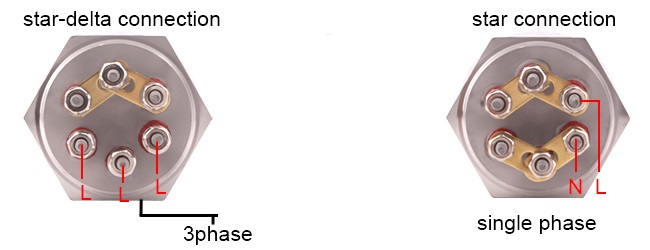matteospacca
Member
Good evening everyone. I'm new to the forum 
After a few years of brewing I have the need to switch from direct fire to electric. I have a very (probably stupid) question. Before drilling a 1,5" hole in my SS Brewtech 15Gal kettle I would like to know if there is and kind of removable heating element options on the market. Something like a submergible element that hooks up to the top of the kettle without the need of drilling. I was also thinking about a RIMS system but I don't think you can get to boiling with rims and also not sure the pump will work with boiling water.
Many thanks
Matteo
After a few years of brewing I have the need to switch from direct fire to electric. I have a very (probably stupid) question. Before drilling a 1,5" hole in my SS Brewtech 15Gal kettle I would like to know if there is and kind of removable heating element options on the market. Something like a submergible element that hooks up to the top of the kettle without the need of drilling. I was also thinking about a RIMS system but I don't think you can get to boiling with rims and also not sure the pump will work with boiling water.
Many thanks
Matteo







